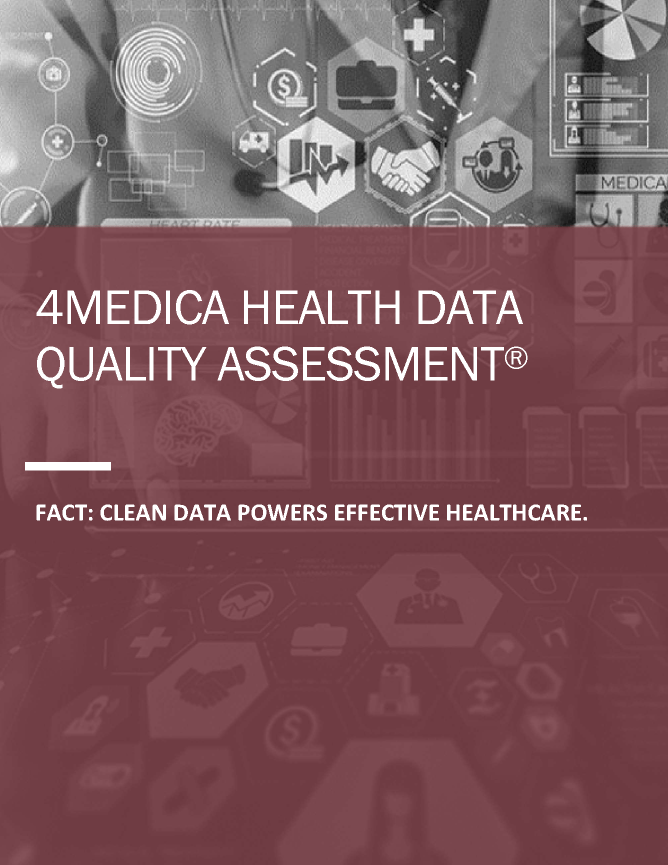This article was written by Dr. Oleg Bess and published by Gibson Consultants. See article here.
Healthcare data continues to grow at an unprecedented rate, thanks to the success of EHRs, introduction of connected consumer clinical devices such as glucose and blood pressure monitors, and rapid proliferation of health-related sensors in our phones and other wearable devices.
“Approximately 30% of the world’s data volume is being generated by the healthcare industry,” RBC Capital Markets said in a 2020 report on the healthcare data explosion. By 2025, RBC predicts, the compound annual growth rate of data for healthcare will reach 36%, exceeding the growth rates of data-intensive sectors such as manufacturing, financial services and media/entertainment.

This data offers great opportunities for providers and payers to leverage analytics-driven insights to improve patient and population outcomes. By having access to relevant data at the point of care – including medical and administrative records, lab tests, claims data, device data, disease registries and peer-reviewed literature – providers can make better clinical decisions while patient safety is improved.
Theoretically, at least. The truth is that without the proper digital tools, providers and payers are unable to extract full value from this data because its sheer volume can make it impossible for humans to process in a timely fashion for actionable clinical and operational insights.
Another barrier to data value extraction is low-quality data in the form of duplicate patient records, which at some healthcare organizations can approach 30% of all records. Finding, filling in and consolidating data into one record for each patient consumes vast amounts of employee time and energy.
The result is a costly administrative burden that can lead to employee burnout as clinicians and support staff are buried under an avalanche of data, much of which essentially is mud – unstructured, disorganized, and inaccurate. Given the existing healthcare workforce shortage crisis, it is imperative that healthcare organizations reduce the administrative burden of data management on employees.
Fortunately, artificial intelligence (AI) and machine learning (ML) have emerged as powerful tools for providers and payers to quickly make sense of healthcare data coming from multiple data sets and sources. AI/ML not only enable decision-making at the point of care, they allow clinicians to intervene in response to a patient health episode.
For example, one new AI-based mobile app can analyze a user’s phone feed to assess that person’s mental health status. If a pattern of use triggers a warning, the user’s appropriate health professional would be notified. It is this type of innovation that could greatly ease our current behavioral health crisis.
Ensuring that data collected from wearables, home-based medical devices and other nontraditional sources is both protected and ends up where it needs to go compounds the ongoing challenges of patient identification for providers and payers. Further, analyzing vast streams of data from connected devices such as wearables and smartphones for meaningful patterns is virtually impossible for healthcare data analysts.
AI/ML can help healthcare organizations turn their muddy data into gold by helping to detect and resolve duplicates and other patient identification errors, increasing the quality and value of their data. These smart technologies also can rapidly integrate medical data, device data and historical data to present clinicians with visualizations that are easy to understand, while natural language processing (NLP) can be used to translate and synthesize nondigital data such as faxes or paper records.
When health data is of such muddy quality, it impedes the ability of providers to deliver better care and undermines value-based care (VBC) initiatives that rely on improving outcomes and reducing costs. Conversely, patient data that is at a high level of quality because duplicate records and overlays are dramatically reduced is veritable gold.
Pharmaceutical companies, public health organizations and AI/ML startups have a great need for quality lab data sets to advance research and development and enable sound public health policy decisions. Labs that clean up their data will increase the value of their most important assets and create additional revenue streams and become more efficient.
Providers can benefit from data quality by improving outcomes and reducing costs. Finally, payers need high-quality data to design initiatives that support VBC and mitigate the impact of harmful social determinants of health (SDoH) on members.
The healthcare data revolution is here. As health data is collected from an ever-growing universe of connected digital devices – AI/ML will play an indispensable role in data management and analysis.
About the Author
Oleg Bess, M.D., is a founder and chief executive officer of 4medica. He leads the 4medica leadership team and the company’s product development strategy across inpatient, ambulatory and other new care settings to meet demand for affordable and rapidly deployable cloud-based interoperability and connectivity solutions.
With a quarter century of healthcare experience, Dr. Bess has spent the last 20 years honing his development and leadership expertise in informatics while maintaining his 25-year-old OB/GYN practice in Los Angeles. A board-certified OB/GYN physician, he is a nationally recognized gynecological and laparoscopic surgeon.

